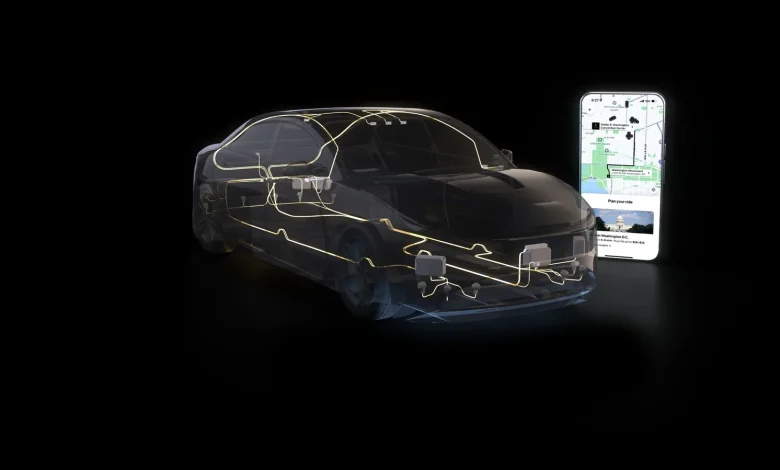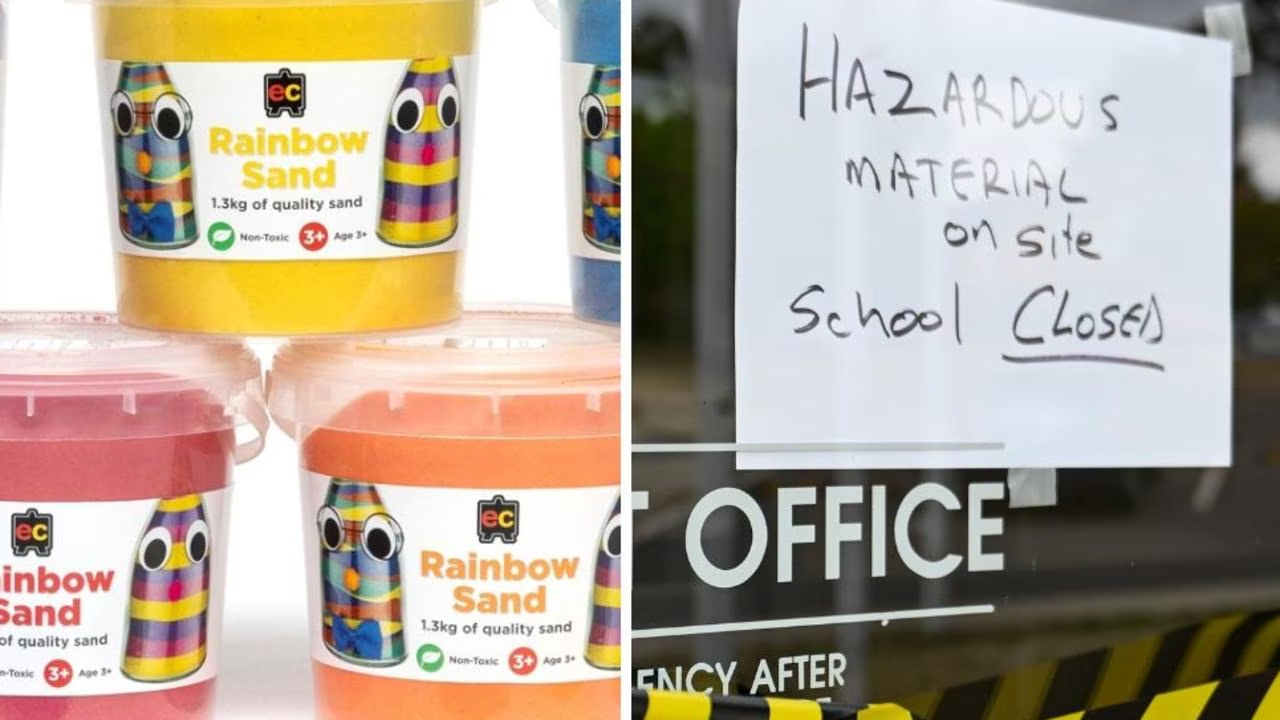Nvidia Wants To Use Your Uber Rides To Train The Next Generation Of Self-Driving Cars

Earlier this year, NVIDIA and Uber announced a partnership that will aid the development of autonomous vehicles. While the American technology company is famous for producing some of the best gaming GPUs, it has not hidden from the fact that it’s helping to develop self-driving tech. Now, the reality of NVIDIA-powered AVs is closer than ever. In a recent announcement, the company stated its plan to manufacture 100,000 self-driving taxis (or robotaxis) in the coming years with the aid of Uber’s extensive real-world driving database.
NVIDIA is building the NVIDIA DRIVE AGX Hyperion 10, an AI-based system architecture built to support automakers in delivering safe and reliable self-driving technology in the near future. Companies such as Stellantis, Lucid, and Mercedes-Benz were announced to be joining the effort by producing vehicles that will be compatible with NVIDIA’s DRIVE AGX Hyperion 10 software. Also contributing to the development of this project are driverless trucking companies like Waabi, Aurora, and Volvo Autonomous Solutions, all of which want to operate autonomous long-haul freight.
Uber’s role in all this is crucial, as it will supply real-world driving data from rides that will then be used to train NVIDIA’s AI architecture for better accuracy. Together, they would build on the NVIDIA Cosmos platform to meet the 100k robotaxi goal starting in 2027. Uber will further support the growth of the level 4 ecosystem, teaming up with key players such as May Mobility, Pony.ai, and Wayve.
How NVIDIA is powering next-generation AVs
The announcement reveals the three main pieces of the robotaxi puzzle: the vast real-world data Uber will provide, NVIDIA’s Cosmos world foundation models, and DGX Cloud, which is the high-performance computing backbone of the operation. Together, the trio form a training plan for autonomous-vehicle systems that can then be refined with more complex, diverse, and rare-event data. In addition, NVIDIA introduced the Halos Certified Program, a new safety assessment initiative aimed at setting industry standards for testing and certifying AI systems that operate in self-driving cars and robots.
The next generation of self-driving cars, as powered by NVIDIA, also relies on the level 4 ecosystem. Level 4 autonomous driving employs artificial intelligence to create vehicles that can perform all driving tasks without the need for human intervention. These driving tasks are usually restricted to specific operating zones, which is why data from your Uber ride is valuable to NVIDIA.
Uber’s large-scale driving data will feed into NVIDIA Cosmos, allowing simulation and reasoning over edge cases and unusual driving conditions. With it, they can train the system to navigate adverse scenarios like complex intersections, bad weather, airport drop-offs, temporary signage, unexpected pedestrian behaviour, and more. That way, the driving experience can be as real and safe as possible.





